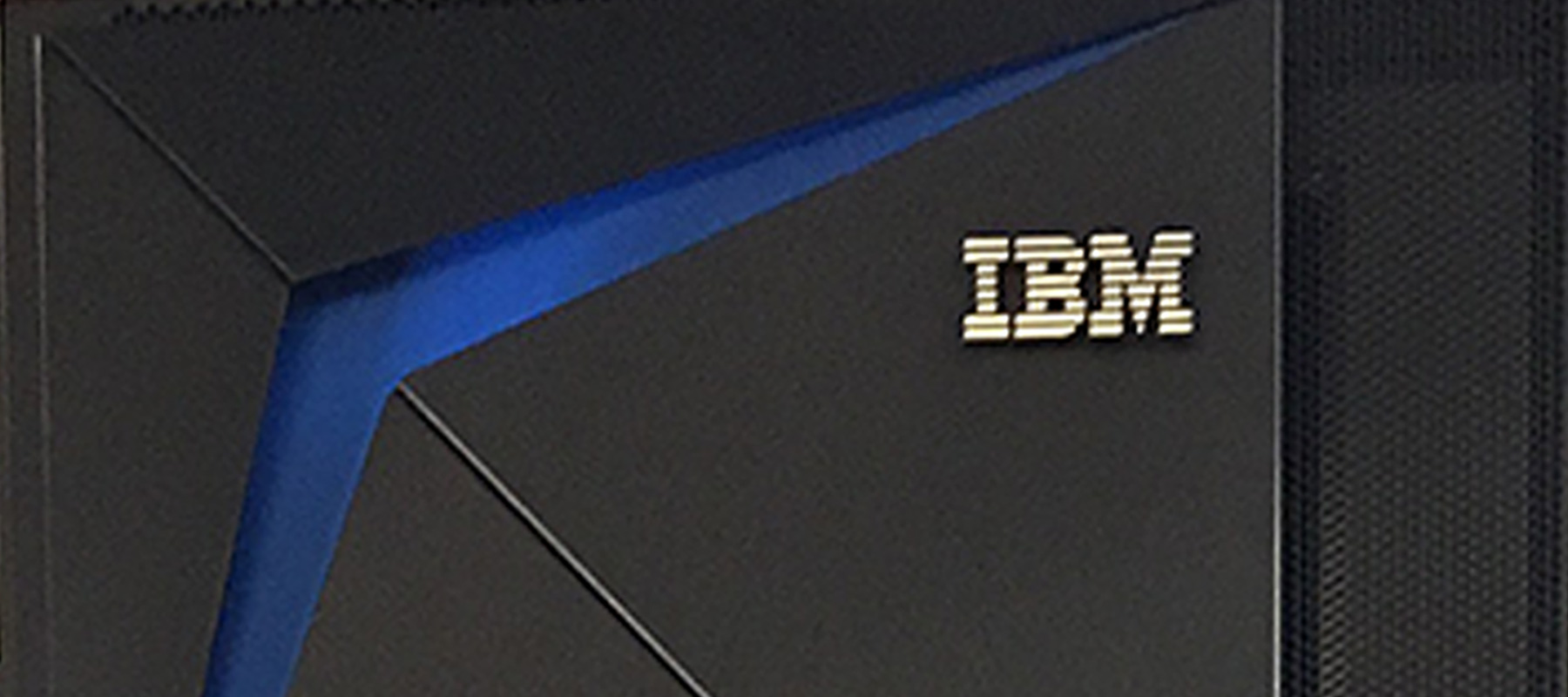The mainframe’s appearance in the mainstream computing inevitably comes in one of two flavors: it’s either the signifier of a sophisticated hack in Hollywood, or it’s serving as a scapegoat for organizational misgivings like that of the New Jersey Department of Labor. As one might expect, neither instance has much bearing on reality.
The truth is that mainframes continue to reliably and efficiently power the computing needs of 70% of the Global 500, and you’re likely using a mainframe every time you swipe a credit card, file an insurance claim, or book a flight. Based on BMC’s 2019 survey of executives and technical professionals, enterprise reliance on the mainframe is only going to continue, and some 93% of respondents indicated confidence in the platform’s long-term and new workload strength.
Why has a decades-old computing platform remained so relevant? In short, modernization. Each iteration in IBM’s Z series has brought key improvements, and the latest—the z15—is no exception. In addition to groundbreaking hardware improvements that can process an unparalleled volume of transactions, the z15 comes with three key advancements.
1. Improved Security
Starting with the z14, IBM enabled customers to encrypt 100% of their application, cloud service, and database data. Pervasive encryption helps defend against both external and internal threats, but it also facilitates compliance and reduces operating costs. Now, using the new Data Privacy Passports feature available on z15, organizations can take additional steps to protect data both on and off the platform. When data must be distributed throughout an organization, it’s protected at the point of extraction, but Data Privacy Passports also enforces security measures at the point of consumption.
2. Increased Flexibility
Organizations are looking to access more types of data from more varied sources than ever before. While the mainframe has historically had a hard time with integration, IBM is making it a top priority for the next generation of machines. With support for tools such as Red Hat OpenShift and IBM Cloud Paks, the z15 is enabling cloud native development and allowing users to integrate both public and private clouds. This news is especially exciting for developers because they can build and modernize applications using standard tools.
3. Instant Recovery
A major part of the mainframe’s continued success is the virtual elimination of downtime. The platform has always excelled in this area, and you’ve probably heard of the five nines (99.999%) of uptime, which translates into an average of just 5.26 minutes of downtime per year. IBM’s z15, designed to deliver 99.99999% uptime, takes reliability to another level with an average of 3.16 seconds of downtime per year. The z15 system also offers IBM’s Instant Recovery feature, which accelerates a machine’s return to service after planned or unplanned downtime by 50%.
The z15 isn’t just the same old mainframe in a new box. It’s packed with innovations that are empowering organizations to achieve more with less. In addition to substantial hardware improvements, features like Data Privacy Passports, Instant Recovery, and a focus on cloud native deployment will allow the mainframe to remain the cornerstone of enterprise computing for years to come.
What else is in store for the mainframe in the years to come? To learn more about how Insoft Infotel is envisioning and preparing for the next 50 years of mainframe computing, join us for our July 22, 2020 webinar hosted by IBM Systems magazine. “Preparing Enterprise IT for the Next 50 Years of the Mainframe” will feature mainframe industry gurus Craig S. Mullins and Colin Oakhill. Click here to register for this webinar.

